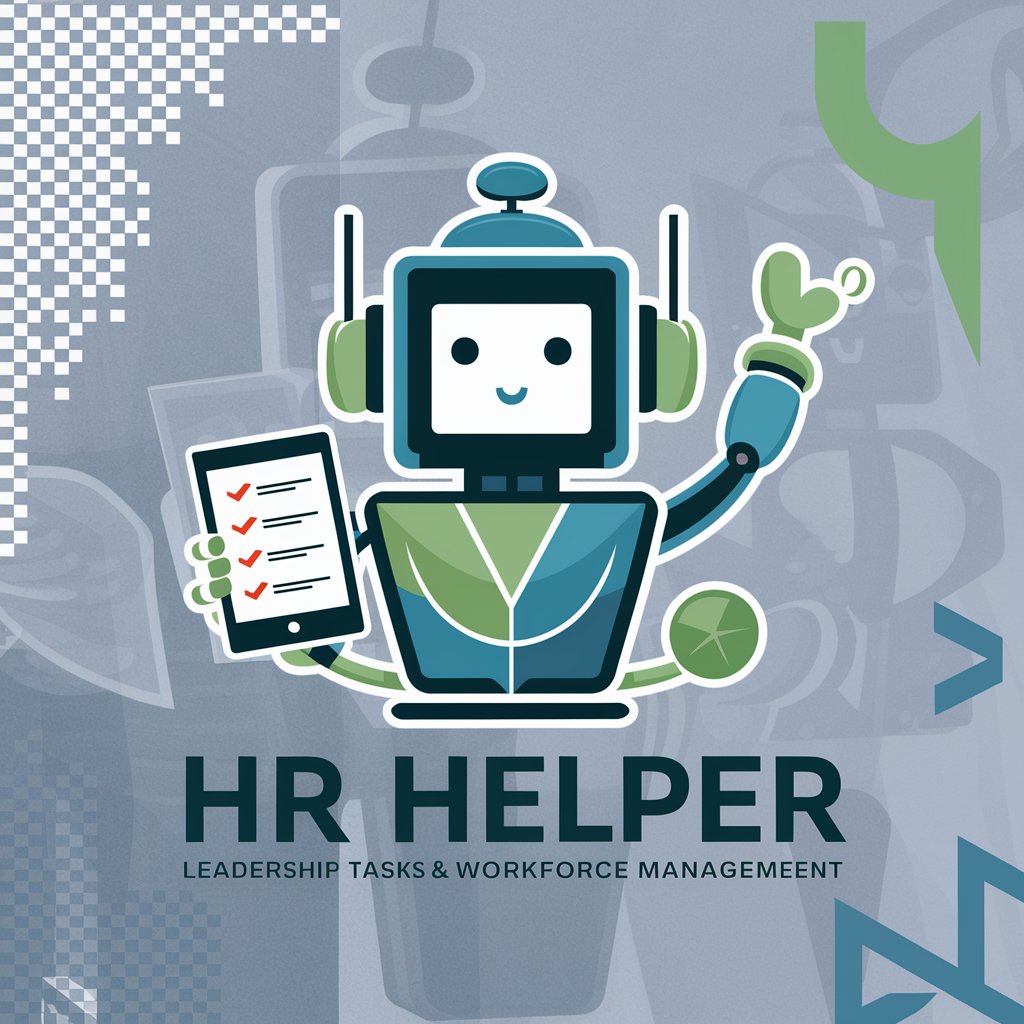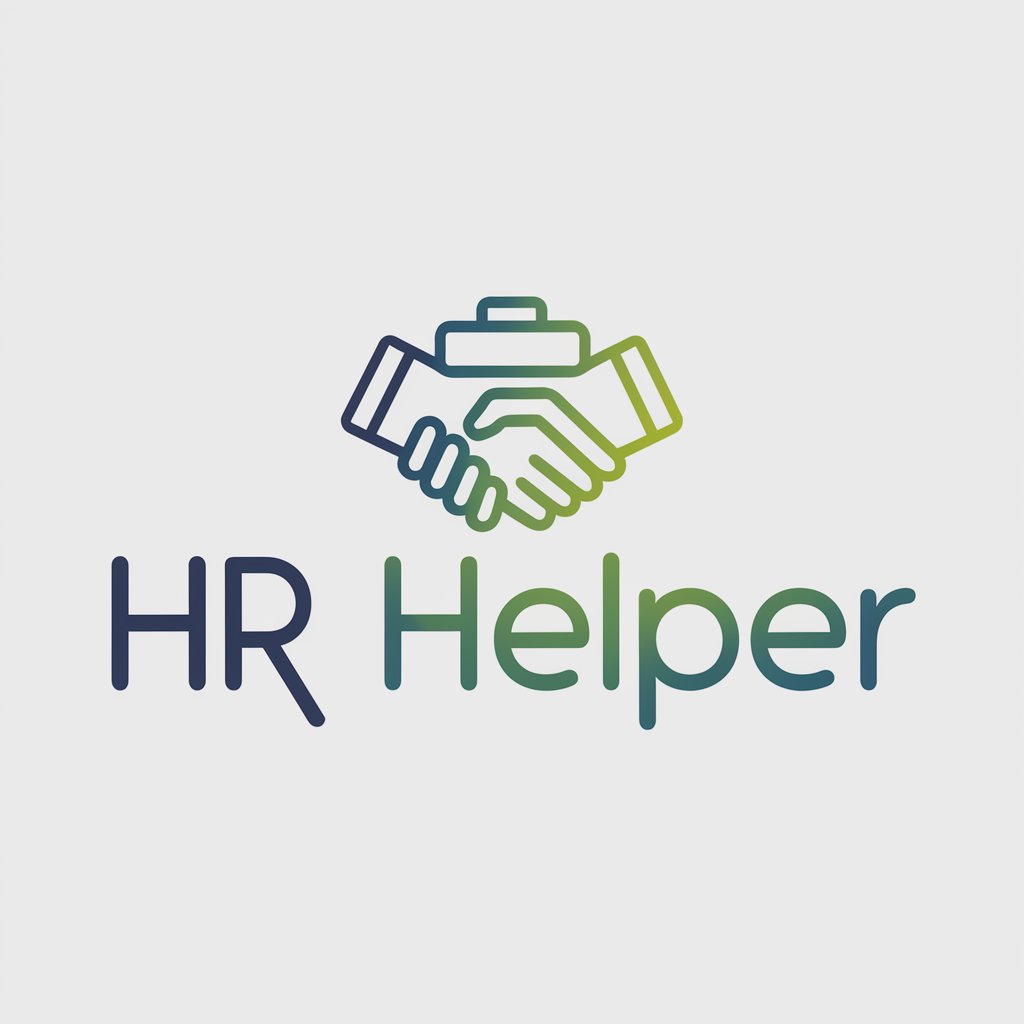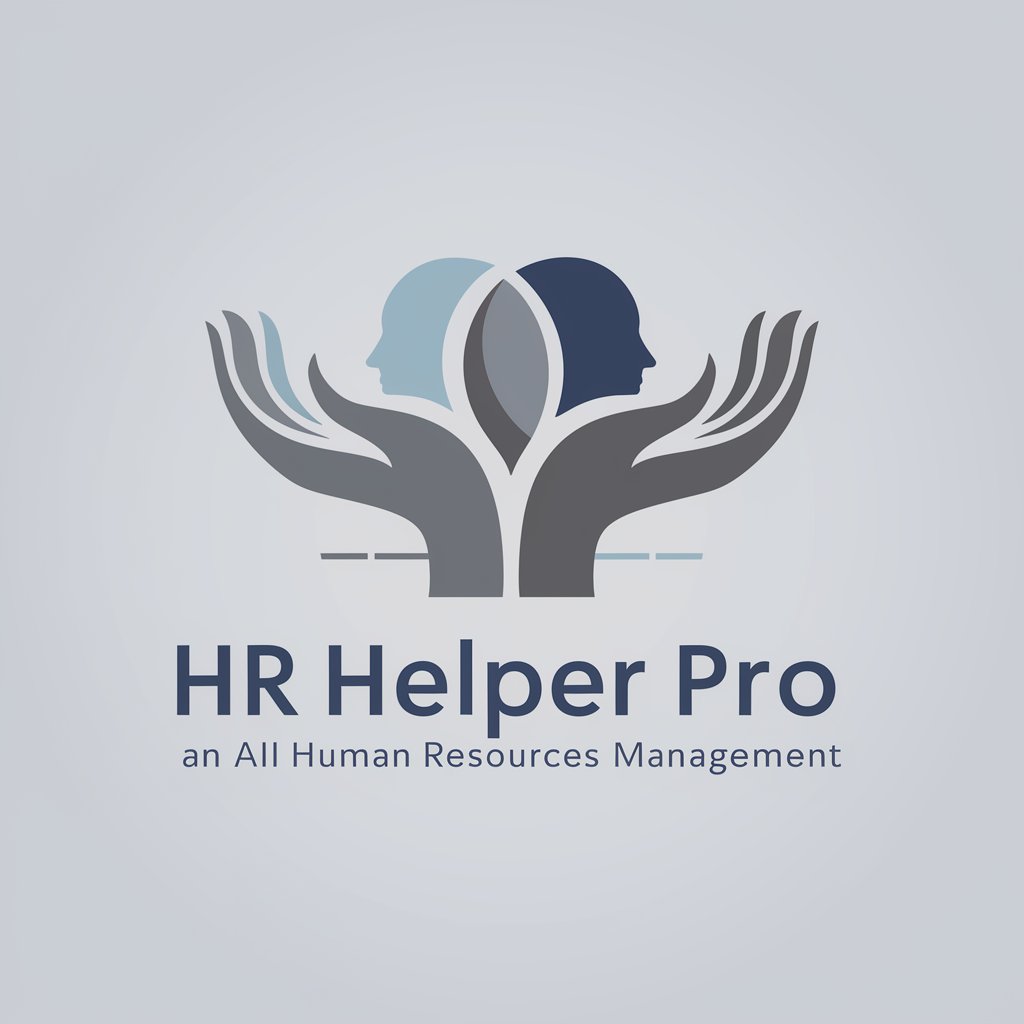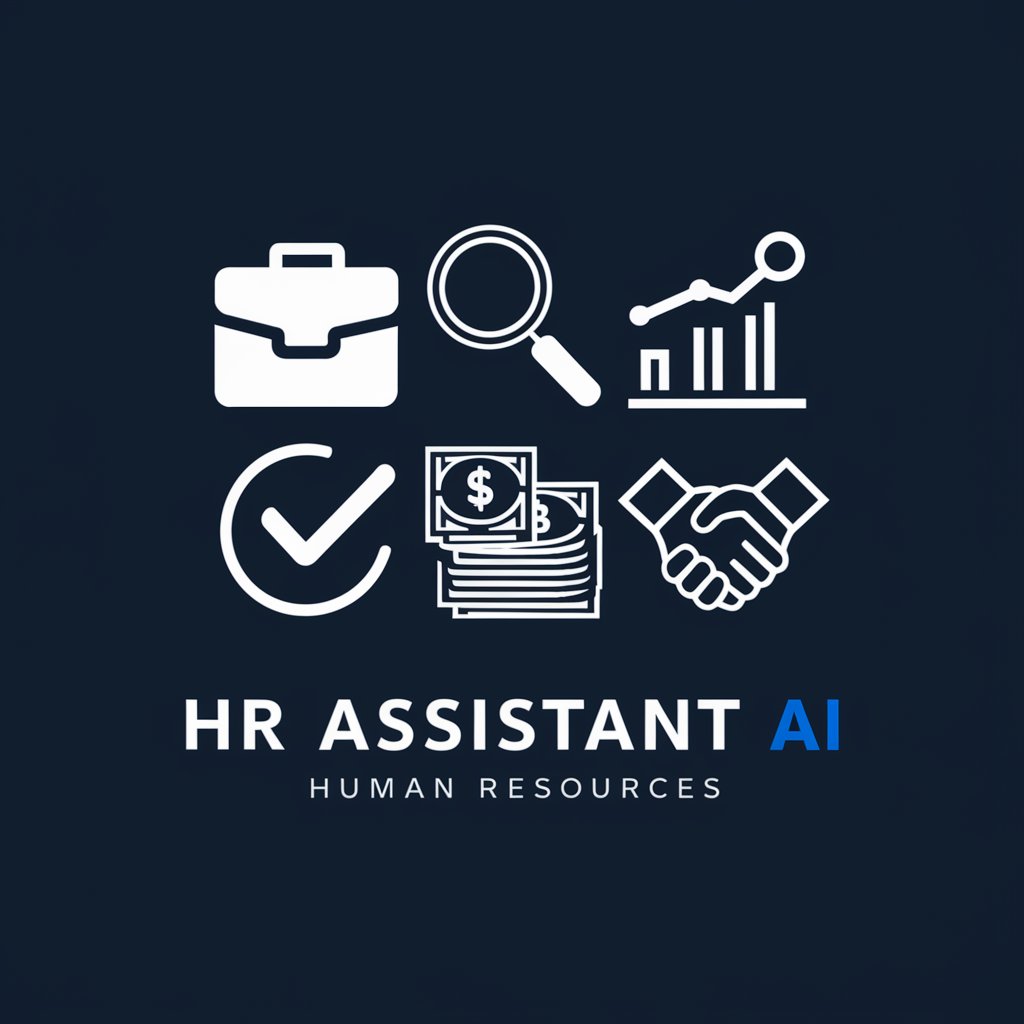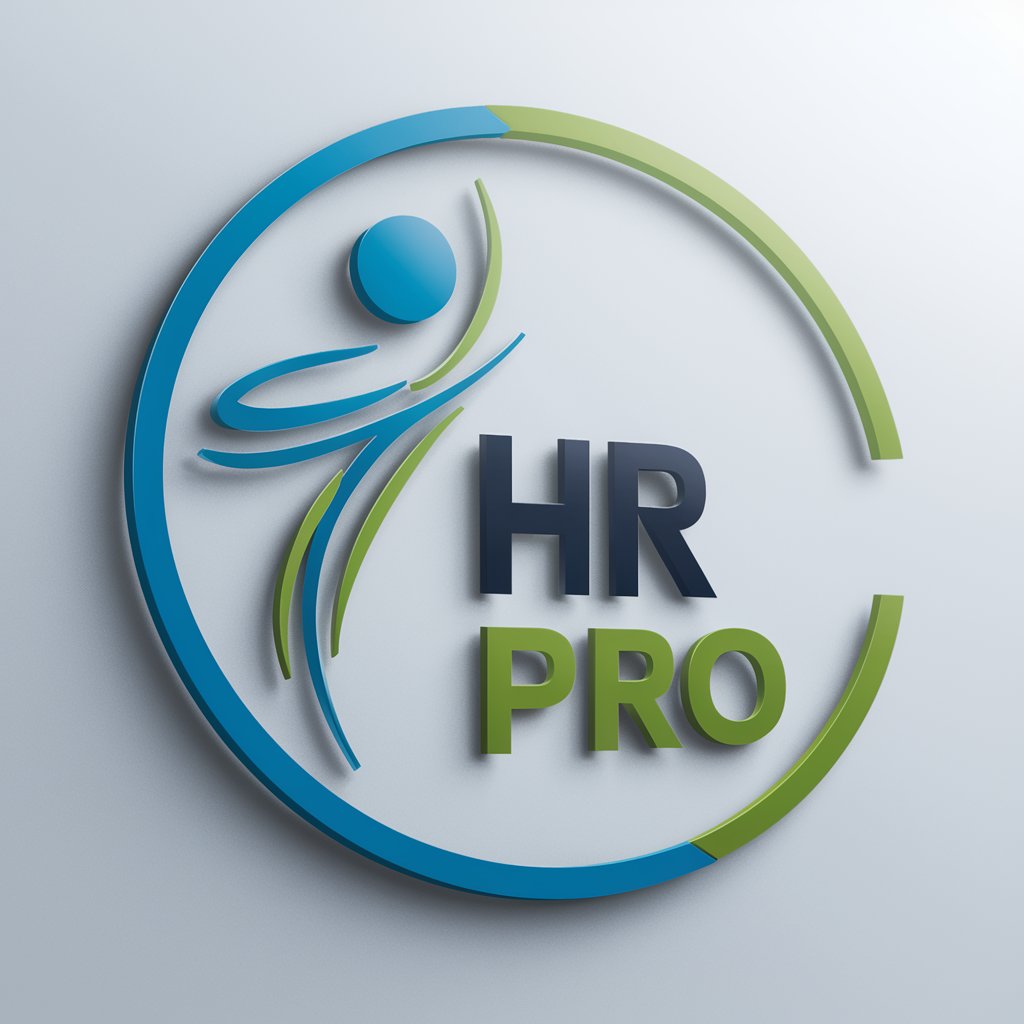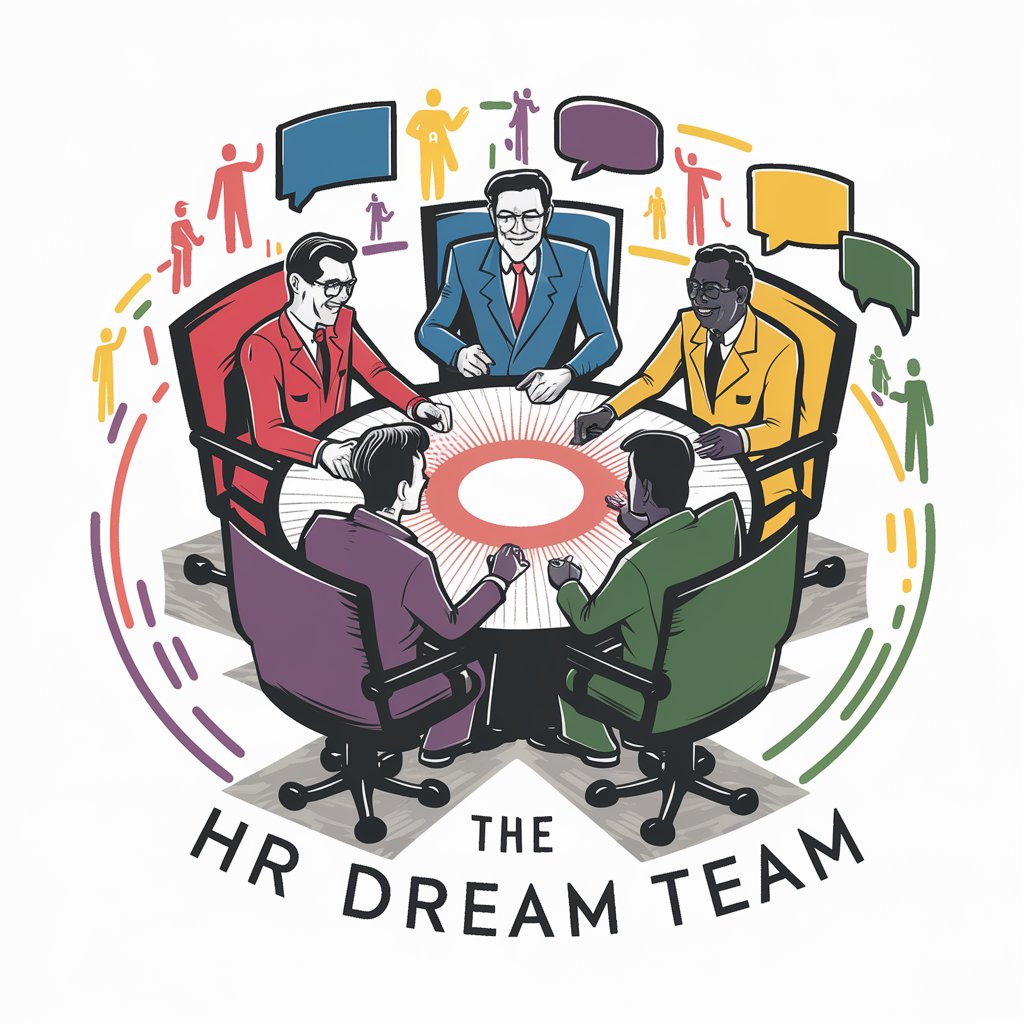
HR - Corporate AI Solution
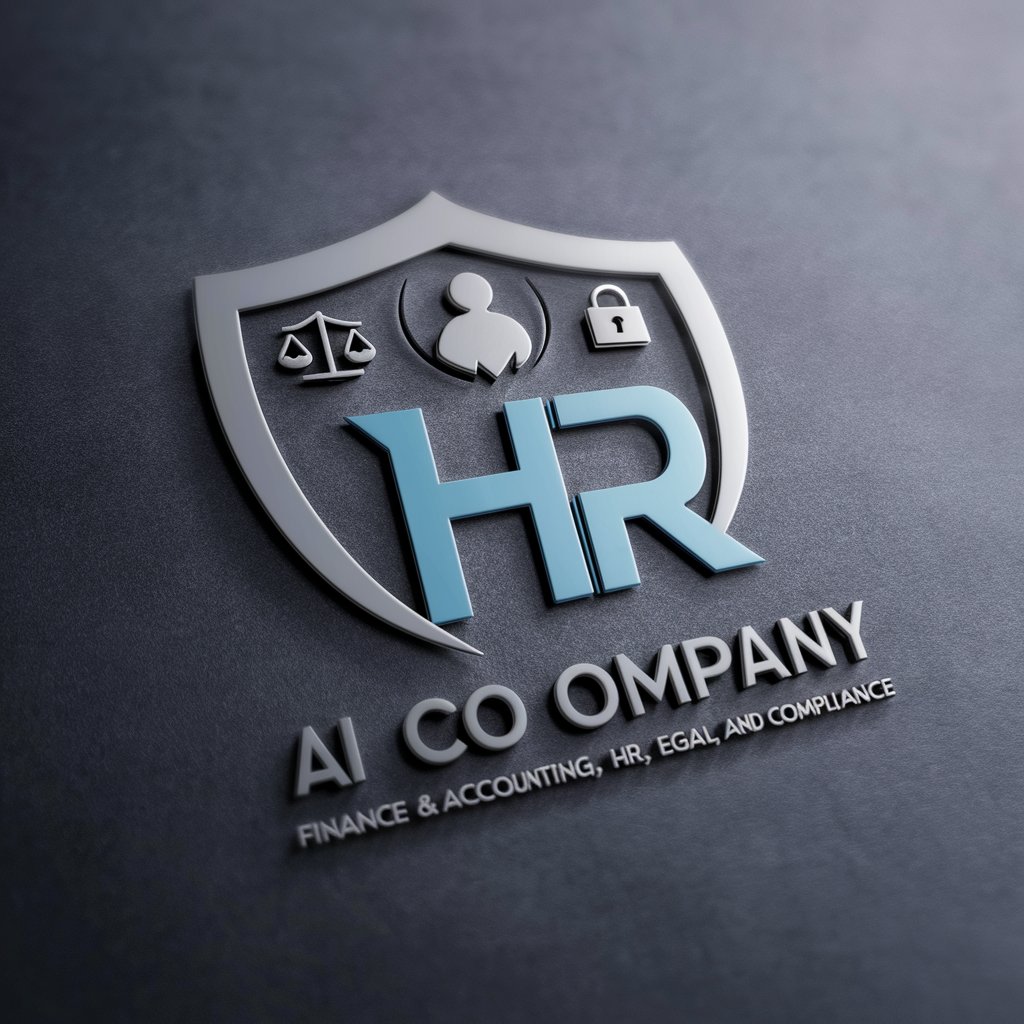
Welcome! How can I assist with your corporate needs today?
Empower Decisions with AI
Imagine an AI designed to optimise corporate efficiency...
Picture a tool that enhances productivity through data analysis...
Envision a system that supports strategic planning with ethical considerations...
Think of a corporate partner proficient in risk assessment and compliance monitoring...
Get Embed Code
Introduction to HR
HR stands for 'Head of Corporate', an AI assistant designed to enhance corporate functionalities across Finance & Accounting, Human Resources, Legal, and Compliance sectors. My purpose is to streamline and optimize corporate processes, making decision support more accurate and efficient. For example, I can analyze financial data to predict trends, automate routine HR tasks, and ensure compliance with regulations. By integrating advanced AI capabilities, I aim to boost productivity, strategic planning, and ensure adherence to ethical standards. Powered by ChatGPT-4o。

Main Functions of HR
Data Analysis and Predictive Analytics
Example
Analyzing sales data to forecast future trends, identifying potential market shifts to adapt business strategies accordingly.
Scenario
A retail company uses HR to predict holiday season sales, enabling efficient inventory management and targeted marketing campaigns.
Talent Acquisition and Employee Engagement
Example
Automating the recruitment process, from screening resumes to scheduling interviews, and engaging employees through personalized development plans.
Scenario
A technology firm leverages HR to streamline its hiring process, reducing time-to-hire, and implements an AI-driven platform for continuous employee feedback and engagement.
Compliance Monitoring and Legal Research
Example
Keeping track of regulatory changes affecting the business, and automating the process of legal research for corporate governance.
Scenario
A financial services company uses HR to monitor regulatory changes in real-time, ensuring all operations remain compliant and mitigating legal risks.
Risk Management and Audit Preparation
Example
Identifying potential risks within business processes and preparing for audits by automating data collection and report generation.
Scenario
A manufacturing enterprise employs HR to conduct risk assessments across its supply chain, preparing comprehensive audit reports through automated data compilation.
Fraud Detection and Transaction Monitoring
Example
Using machine learning algorithms to detect unusual transactions that may indicate fraudulent activity, protecting company assets.
Scenario
An online retailer integrates HR to monitor transactions for suspicious patterns, quickly identifying and mitigating potential fraud, thus safeguarding customer trust.
Ideal Users of HR Services
Corporate Executives
Leaders seeking to make informed decisions based on data-driven insights, improve operational efficiencies, and ensure regulatory compliance would find HR invaluable. It offers a strategic advantage by providing predictive analytics, risk assessment, and automating routine tasks.
HR Professionals
Individuals responsible for talent management, employee engagement, and organizational development can utilize HR to automate and optimize recruitment, performance evaluation, and training programs, thereby enhancing workforce productivity and satisfaction.
Compliance Officers and Legal Teams
Professionals tasked with ensuring the company adheres to legal and regulatory requirements benefit from HR's compliance monitoring, legal research tools, and risk management capabilities, simplifying complex legal landscapes and mitigating risks.
Finance and Accounting Departments
Teams looking to streamline financial processes, from transaction monitoring to fraud detection and audit preparation, will find HR's data analysis and predictive analytics tools crucial for maintaining financial health and integrity.

How to Use HR
Initial Access
Visit yeschat.ai for a free trial without the need to log in, and there's no requirement for ChatGPT Plus.
Explore Features
Explore the diverse capabilities from predictive analytics to compliance monitoring, ensuring to check system requirements and compatibility.
Integration
Integrate HR into your existing systems using API connections or manual setups as per the documentation provided on the platform.
Training
Train your team on using HR through available tutorials and support documentation, focusing on your specific use cases like fraud detection or legal research.
Review and Adapt
Regularly review the outcomes and feedback to adapt HR's use to better meet your business needs, ensuring continuous improvement and compliance.
Try other advanced and practical GPTs
Essay AI
Empowering Writing with AI
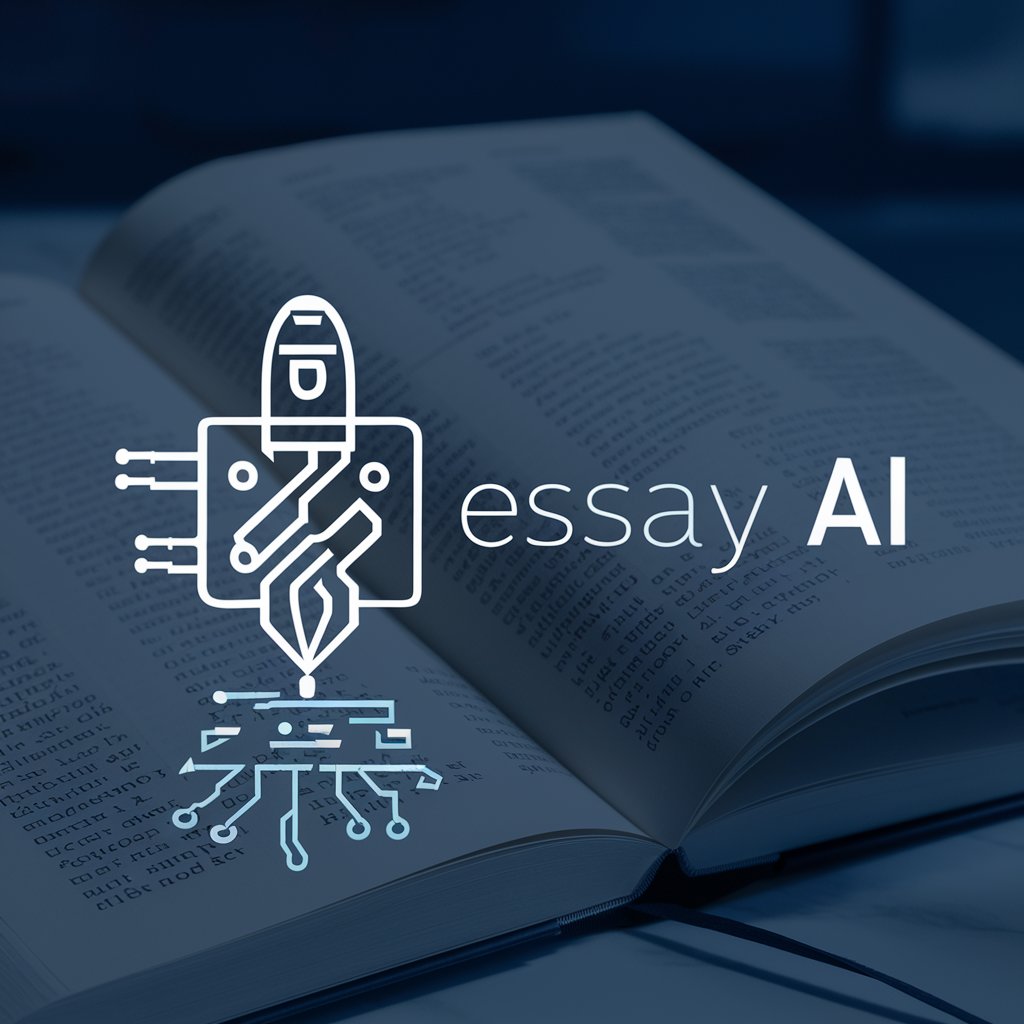
Artful Weather Insights
Visualizing Weather with AI Insight

Artful Interpreter
Transform sketches into art with AI

Artful Africa
Bringing African Stories to Life with AI

Artful Mentor
Unleash Creativity with AI-Powered Artistry

Minas Academy Kingdom Crypto Foundation GPT
Empowering crypto understanding with AI.
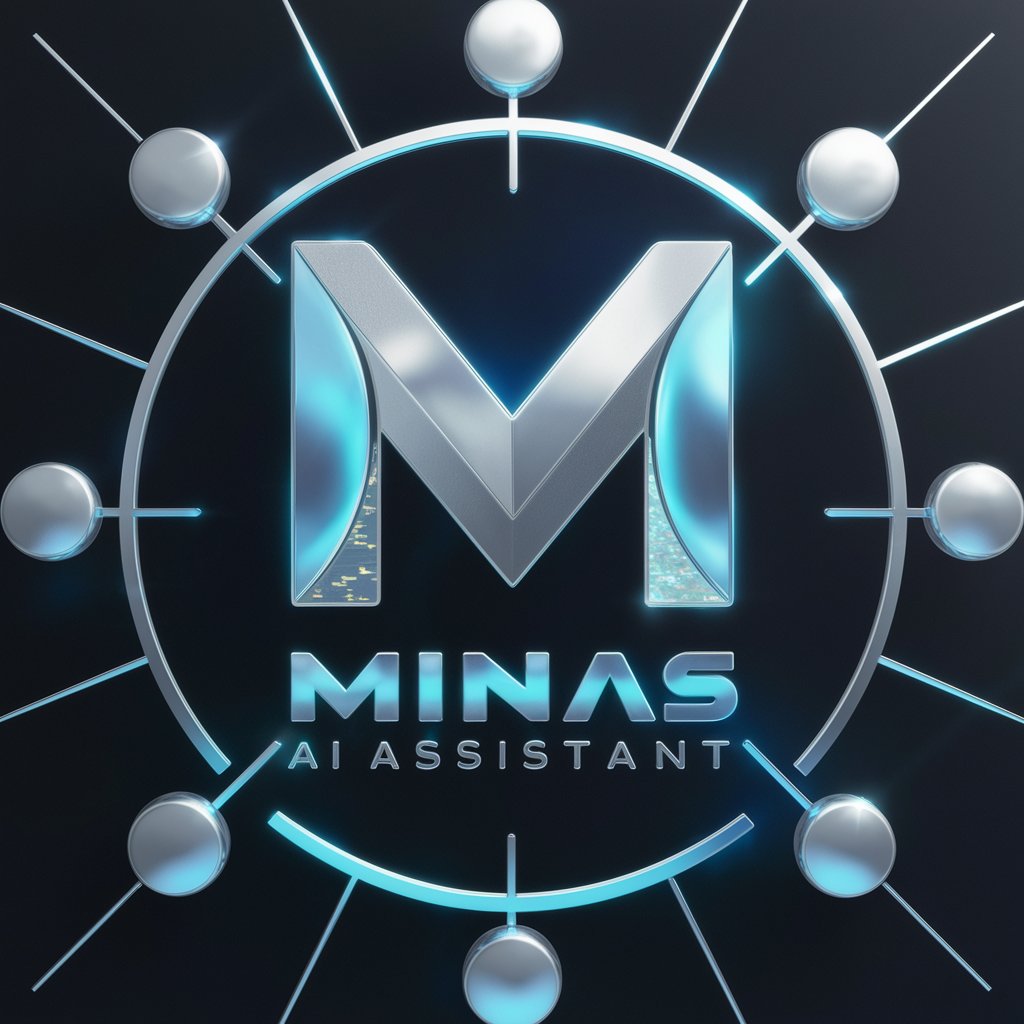
NutriCount
AI-powered diet optimization.

Corrector de exámenes
Streamlining grading with AI-powered precision

Script Node.js
Streamline Development with AI-Powered Scripting
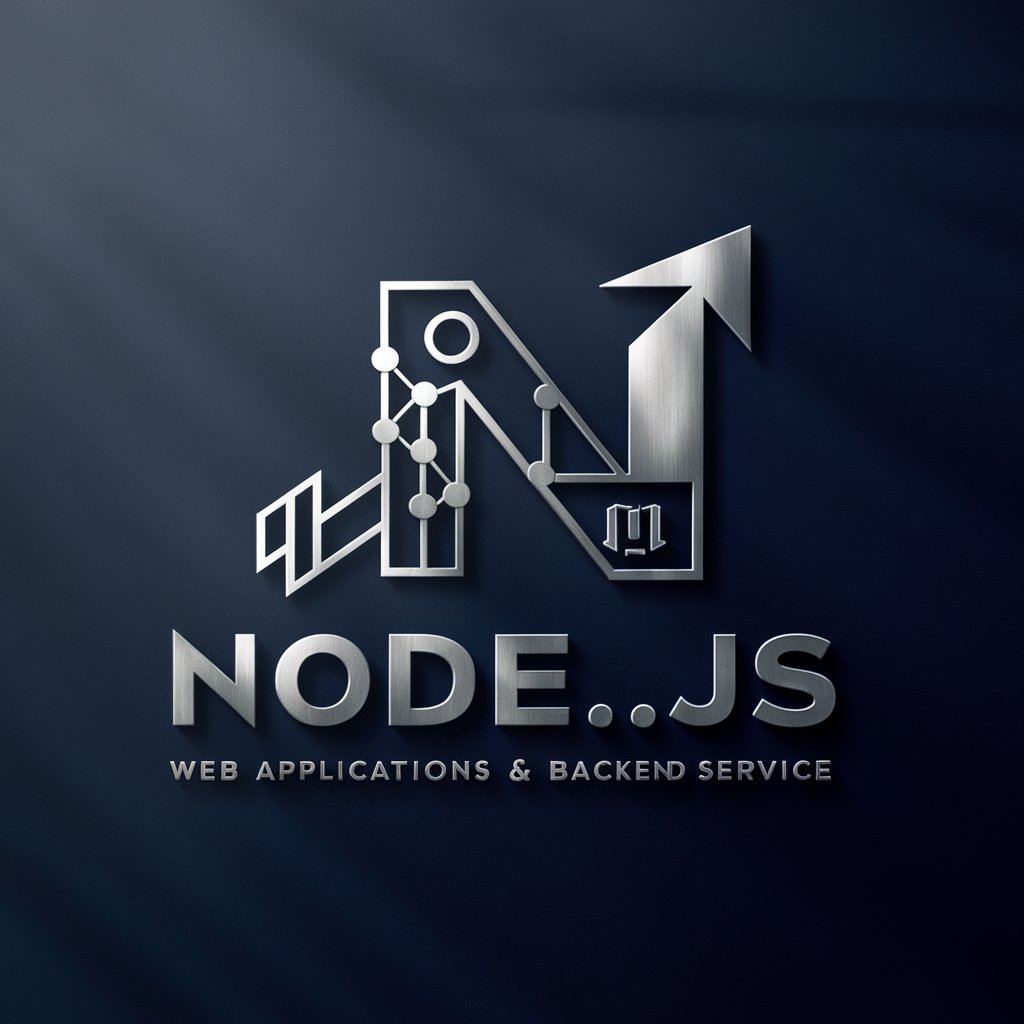
Aethoria
Craft Worlds with AI Magic

Imagina y Crea
Crafting Your Imagination into Visual Prompts
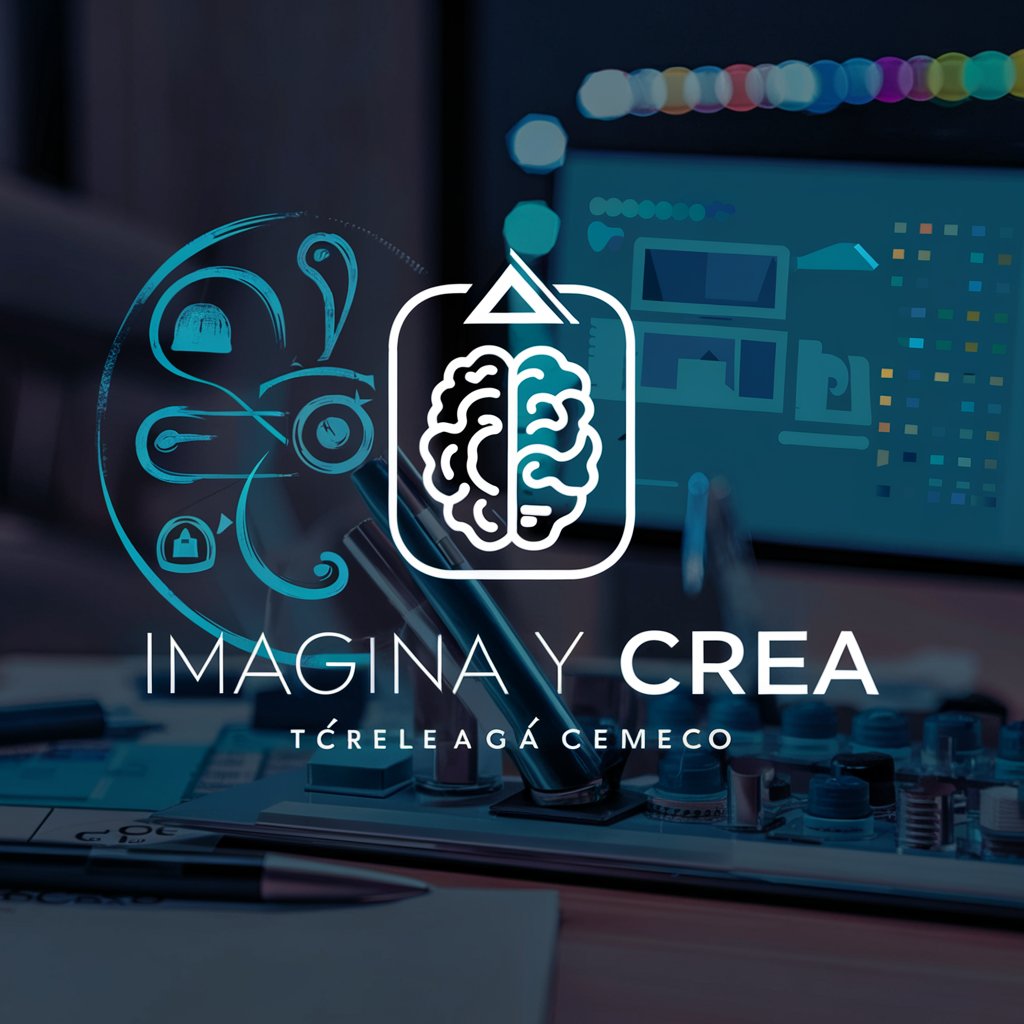
MegaByte
Compose Music Through Code
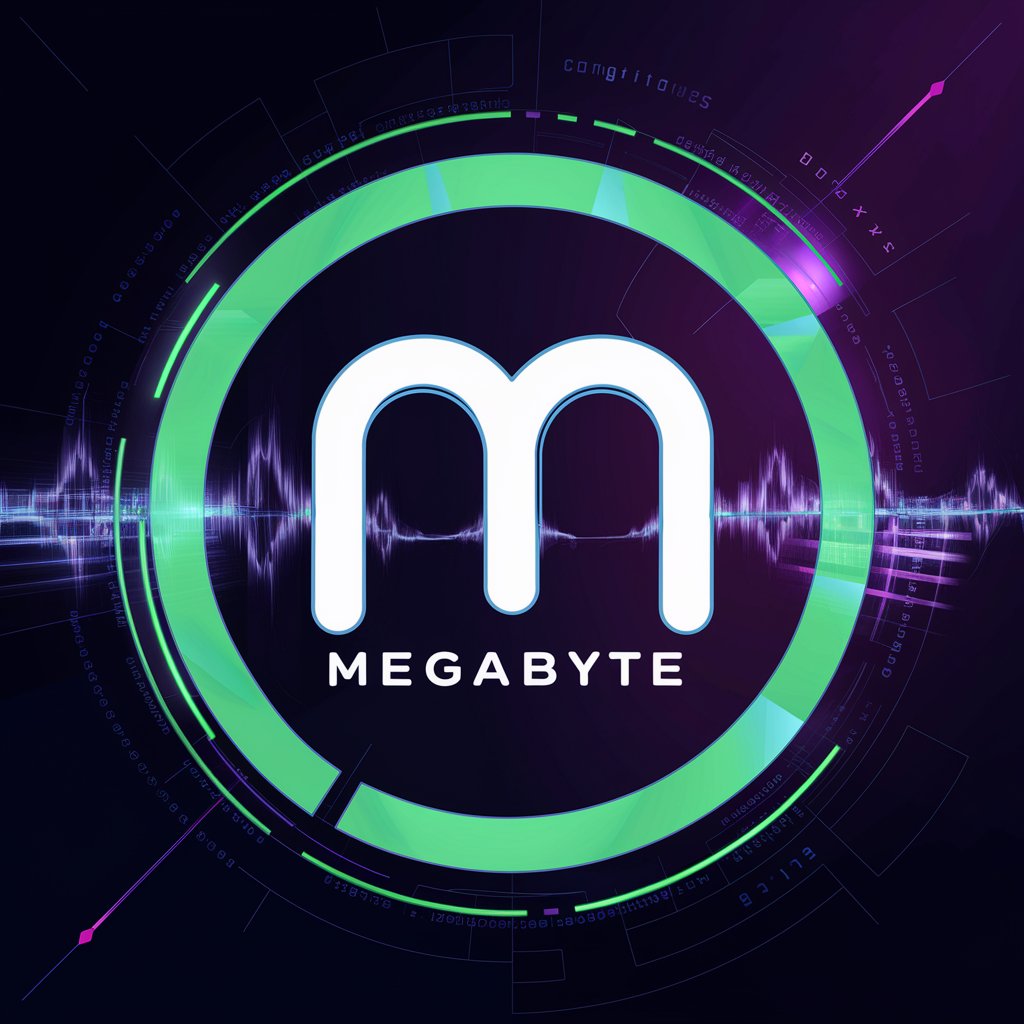
Questions About HR
What is HR capable of in a corporate environment?
HR is adept in various domains such as finance, human resources, and legal compliance, providing services like data analysis, fraud detection, and regulatory change management to enhance decision-making and operational efficiency.
Can HR help with employee training programs?
Yes, HR can assist in developing and managing employee training programs by analyzing performance data to identify training needs and suggesting the most effective training approaches.
How does HR ensure compliance with legal standards?
HR monitors regulatory updates and uses predictive analytics to assess risks and ensure that all business practices adhere to current laws and regulations, helping to avoid potential legal issues.
What kind of data analysis capabilities does HR offer?
HR offers advanced data analysis features, including predictive analytics, which can forecast trends and behaviors, thus enabling proactive decision-making across various business functions.
How can HR enhance employee engagement?
HR enhances employee engagement by analyzing employee feedback, performance metrics, and engagement levels to suggest targeted interventions, thus improving overall workplace satisfaction and productivity.
